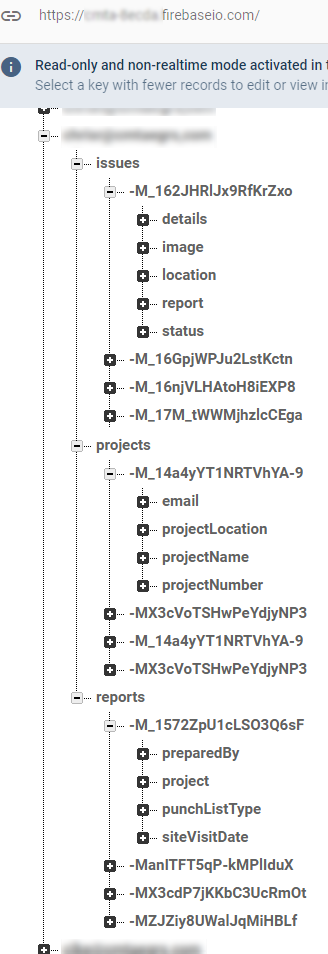Hi @moondaddy ,
Instead of reading an entire JSON file as a single value, you may want to parse it and return the books in the file and their properties in rows and columns.
insert into Json1
SELECT value
FROM OPENROWSET (BULK 'D:\SomeData.json', SINGLE_CLOB) as j
CROSS APPLY OPENJSON(BulkColumn)
The preceding OPENROWSET reads a single text value from the file. OPENROWSET returns the value as a BulkColumn, and passes BulkColumn to the OPENJSON function. OPENJSON iterates through the array of JSON objects in the BulkColumn array, and returns one book in each row.
The OPENJSON function can parse the JSON content and transform it into a table or a result set. The following example loads the content, parses the loaded JSON, and returns the five fields as columns:
insert into Json1
SELECT book.*
FROM OPENROWSET (BULK 'C:\JSON\Books\books.json', SINGLE_CLOB) as j
CROSS APPLY OPENJSON(BulkColumn)
WITH( id nvarchar(100), name nvarchar(100), price float,
pages_i int, author nvarchar(100)) AS book
You could refer more details from this link.
Best regards,
Melissa
If the answer is helpful, please click "Accept Answer" and upvote it.
Note: Please follow the steps in our documentation to enable e-mail notifications if you want to receive the related email notification for this thread.



